1. Where to Stay
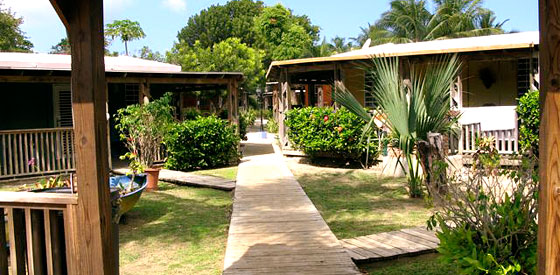
To get to Culebra, about 17 miles east of mainland Puerto Rico, fly in a six- to sixteen-seater from San Juan ($60 one-way) or Ceiba ($30 to $35 one-way) on Air Flamenco or Vieques Air Link. The ferry from Fajardo is cheaper ($4.50); take a Dramamine before you go.
Flamenco Beach Campground ($20 per night) is the thrifty way to stay near one of the Caribbean’s most beautiful beaches. Bring a tent or rent one for $20 a night from Frankie at Tent City in the beach parking lot. He also has mattresses, snorkel equipment, decent coffee, and snacks. The campground maintains tolerably clean showers and toilets, but BYO toilet paper. Clean up after yourself: The campsites are close together and garbage gets around.
If you’re looking for walls, rent an apartment (from a studio to a three-bedroom) at Culebra Beach Villas (from $125). Ask for a space in the more comfortable main building. Each apartment comes with a kitchenette and a spotty satellite TV.
If beach dwelling is too remote for you, stay in downtown (if you can call it that) Dewey at Mamacita’s (from $102), which has the closest thing to nightlife on Culebra. Rooms are basic—TV, A/C, relatively hot showers—but the bar is often hopping, and some rooms have water views.
2. Where to Eat
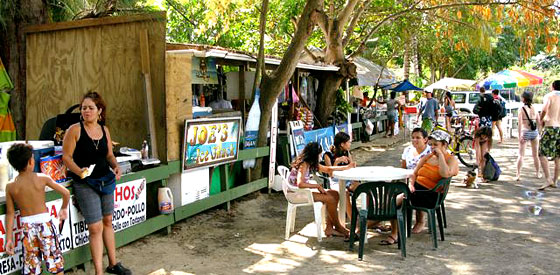
The island’s best restaurant is Juanita Bananas (make a reservation), a $4 público (taxi) ride from Flamenco Beach near the snorkeling hot spot of Melones Beach. Watch the sunset from the deck with a margarita in hand. The limes are grown on-site, as are many herbs and vegetables on the menu.
Susie’s sits along the canal that cuts through Culebra’s sole town, Dewey. Fresh seafood dominates the menu, but it’s also a good spot to try the island’s specially spiced skirt steak, churrasco.
El Caobo (Calle Luís Muñoz Marín; 787-742-0505) is a tourist-free neighborhood joint behind the Ecological School in Clark. The lime-green vinyl tablecloths clash with the local fare: garlic chicken, red beans and rice, plátanos, and Argentinean sausage in wine sauce, each under $10.
Buy pinchos—meat kebabs of swordfish, chicken, and pork—and rice and beans from vendors at Flamenco Beach for about $4.
3. What to Do
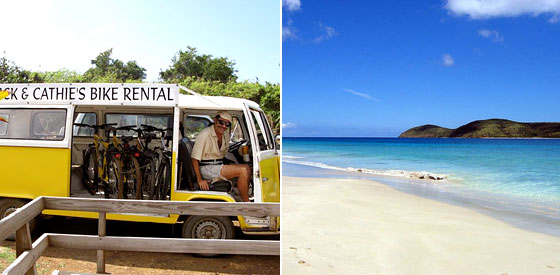
One local calls Culebra an “island of nothing—no nightclubs, no casinos.” The beach is your best bet for entertainment. If Flamenco’s mile-and-a-half stretch of cinematic white sand and turquoise water grows old, try hiking 24 minutes to Carlos Rosario Beach, a premier snorkeling spot. An opening in the gate at the back edge of the Flamenco Beach parking lot takes you to the trail.
If the ten square miles of Culebra are too vast, catch a boat to Culebrita—little Culebra—a wildlife sanctuary off the northeast coast with a nineteenth-century lighthouse. Find a water taxi or chartered boat to take you there by stopping in the tourist office on Pedro Marquez Street, around the corner from the ferry dock.
Rent bikes from the aging hippies who own Dick and Cathie’s (787-742-0062; $17 per day) —they’ll pick you up at the ferry or airport—and ride six miles down Route 250 to Zoni Beach. It’s almost as nice as Flamenco Beach, but without the crowds and the vendors.
4. Insider’s Tip
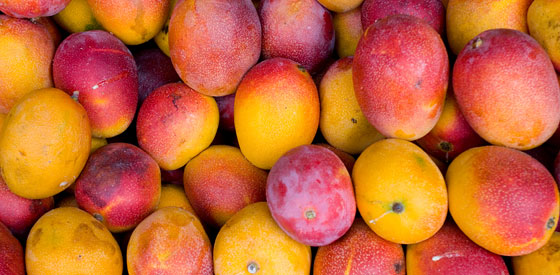
Bring extra snacks from the mainland. What pass for grocers here close early, and there’s a single fruit stand (open Fridays only), at the intersection of Routes 250 and 251, with produce trucked in from the big island and beyond. You can pick up a mango there before the day’s hike or bike ride.
5. Oddball Day
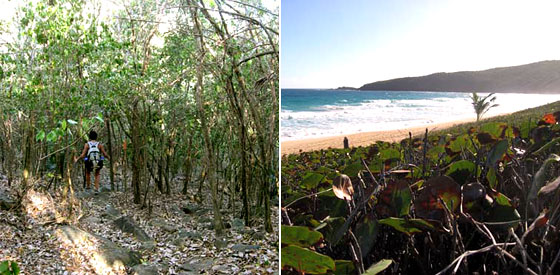
Carboload with the empanadas for sale at Culebra’s main intersection (Routes 250 and 251) — you’ll need the energy for the rigorous hike to the almost-always-deserted Resaca Beach. From the kiosk, head out on foot, bicycle, or Jeep, going east on Route 250. Take the first left, which curves around the airport runway, and head steeply up into the hills. The winding road devolves into a graveled path, which ends after a mile. Pass the wildlife-refuge sign and start down the overgrown trail, loosely marked with fading orange plastic ribbons. It’s a steep descent, eventually evening out into a sunken mangrove forest after about 25 minutes. Walk past the cairns of piled-up sea garbage and the pristine, empty beach will appear. On the way home, reward yourself with a Medalla (a Puerto Rican beer) at Happy Landing (at Routes 250 and 251) on the edge of the airport. The salsa music there will drown out the drone of twin-engine planes.
6. Links
IslaCulebra.com is the island’s unofficial go-to site, and includes a forum for some virtual interaction.
The less comprehensive but more current CulebraBlog.com offers news and updates for travelers and locals alike.
A good source for renting vacation houses is Culebra Island Realty, owned by a former Long Island cop.